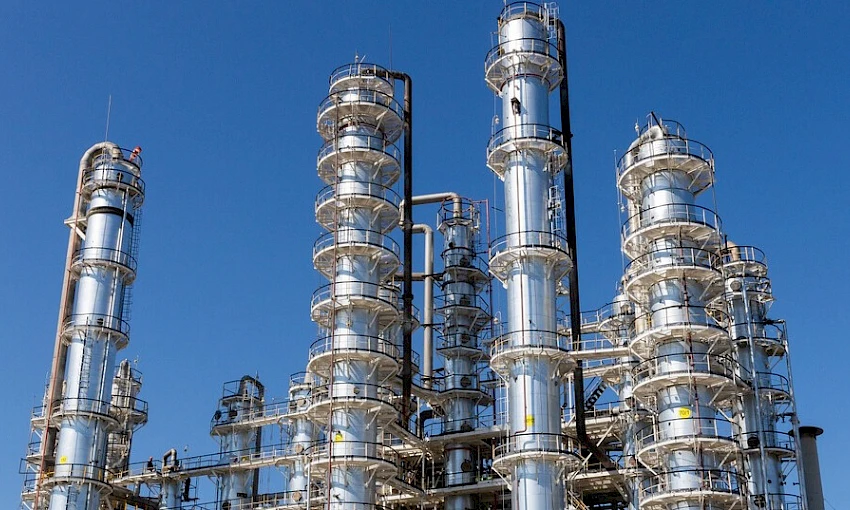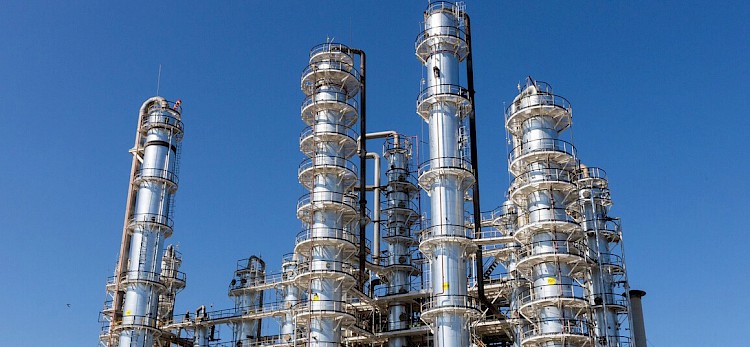
Distillation Tower and Distillation Systems
Distillation is a fundamental chemical process used to separate and purify complex chemical mixtures. This method works by exploiting the different boiling points of various components and plays a crucial role in industrial processes. Aces Process offers superior expertise in every stage, from the design to production and installation of distillation and distillation systems.
Distillation systems not only separate complex mixtures but also manage various chemical processes such as purification, concentration, and component recovery. Aces Process customizes the design of these systems to meet specific customer needs, ultimately guaranteeing the highest efficiency and product quality.
Our company is an industry leader in the production of distillation and distillation systems. With years of experience and engineering expertise, we provide our customers with the most advanced and reliable systems. Aces Process emphasizes its expertise in the production and installation of distillation systems with a commitment to superior performance, efficiency, and reliability in every project.

Engineering Aspects of Distillation Systems
Distillation is a process used to separate the components of a mixture based on their boiling points. Distillation systems are the equipment and components used to carry out this process.
Engineering Characteristics of Distillation Systems
The engineering characteristics of distillation systems can vary depending on the size, capacity, and application area of the system. However, some general engineering characteristics of distillation systems may include:
-
Distillation Column: This is the central component of the distillation system. The column is where the mixture is heated, vaporized, and then recondensed. Columns can vary from simple columns (tray columns) to packed columns that allow for complex fractionation processes. Column design depends on factors such as the composition of the mixture, boiling points, and the amount of components to be purified.
-
Heating Source: This is the heat source that provides heat for vaporizing the mixture. Steam or heating elements are commonly used. The choice of heating source depends on factors such as the composition of the mixture and boiling points.
-
Cooling System: Used to condense the vaporized components. It may include cooling water, cooling plates, or steam condensation units. The design of the cooling system depends on factors such as the composition of the mixture and boiling points.
-
Feed Pumps: Used to feed the mixture into the column. They are used to control the feed rate and pressure. The selection of feed pumps depends on factors such as the composition of the mixture and boiling points.
-
Control Systems: These are automation systems used to monitor and control the distillation process. These systems monitor and adjust parameters such as temperature, pressure, flow rate, and other parameters. The design of control systems depends on the size, capacity, and application area of the system.
-
Condensers: Used to convert the condensed vapor into a liquid phase. They usually condense using cooling water. The design of condensers depends on the composition of the mixture and boiling points.
-
Product Collection Systems: These are systems where the products obtained as a result of the distillation process are collected. These products may be fractions in which different components are purified. The design of product collection systems depends on the composition of the mixture and the amount of components to be purified.
-
Monitoring and Safety Systems: Systems are used to monitor process parameters in distillation systems and detect potential hazards. The design of monitoring and safety systems depends on the size, capacity, and application area of the system.
-
Material Selection: The materials used in distillation systems must be resistant to the chemicals and temperatures used in the process. Materials such as stainless steel, glass, copper, and PTFE are frequently preferred.
-
Energy Efficiency: Energy efficiency of distillation systems is important. Energy consumption is minimized by using recovery systems and energy-efficient equipment.




